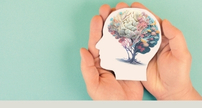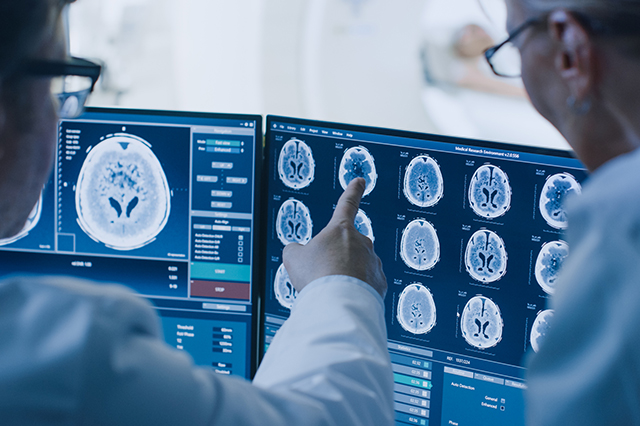Dystonia
Clinical Overview
Dystonia is a movement disorder characterized by sustained or intermittent muscle contractions causing abnormal, often repetitive, movements, postures, or both. Dystonic movements are typically patterned, twisting, and may be tremulous. Dystonia is often initiated or worsened by voluntary action and associated with overflow muscle activation.
The physical sign of dystonia is identified by the observation of dystonic postures and movements and of conditions that specifically activate, increase or decrease this phenomenology. A typical example is when a tactile stimulus or a voluntary geste (known as a sensory trick or geste antagoniste), such as touching the affected or an adjacent body part, can reduce the dystonia. These features are observed in a variety of dystonia syndromes.
The neural mechanism underlying dystonia involves many regions of the central nervous system (particularly: the basal ganglia, cerebellum, supplementary motor areas and sensorimotor cortex) leading to impaired inhibition, abnormal plasticity and sensorimotor dysfunction. Different levels of functional impairment lead to varying degrees of observed clinical severity.
View complete description
The clinical characteristics of dystonia include: age at onset (from infancy to late adulthood), body distribution (focal forms affect a single body part, segmental affect contiguous body parts , generalized forms involve the trunk and two other body regions), and temporal pattern (disease course static or progressive and variability related to voluntary actions or to diurnal fluctuations). Dystonia can be isolated or combined with another movement disorder, such as parkinsonism or myoclonus, or can be associated to other neurological or systemic manifestations.
Isolated dystonia with onset in childhood tends to progress to generalization, whereas dystonia arising in adulthood usually remains focal or segmental. Some focal/segmental dystonia syndromes have specific names, as they were originally considered independent diseases: blepharospasm, resulting in repetitive forceful eyelid closure; spasmodic dysphonia affecting speech; tongue, jaw opening and jaw closing called oromandibular dystonia; cervical dystonia or torticollis involving the neck.
Focal dystonia may also be task-specific, for example, writer's cramp is a dystonia affecting the hand/arm during the act of writing. Other examples of task specific dystonia include musician's dystonia that can affect the body part involved in playing an instrument.
There are many causes of dystonia. The etiological classification considers two main lines: evidence of nervous system pathology and whether dystonia is inherited or acquired. In many cases of isolated dystonia there is no evidence of degeneration or structural lesion (e.g., DYT1, DYT6; formerly called "primary" dystonias). Otherwise, there may be evidence of a static structural lesion causing dystonia, as in the case of dystonic cerebral palsy following perinatal brain injury, or of progressive degeneration (e.g., PKAN, PLAN; formerly called "dystonia plus").
Inherited dystonias can have all sorts of transmission patterns; acquired dystonias recognize a variety of causes (perinatal brain injury, infection, drug, toxic, vascular, etc.); idiopathic dystonias (whether sporadic or familial) are genetically unclassified forms, considered to be related to yet undiscovered genes.
Contributed by Prof. Alberto Albanese, MD
Professor of Neurology
Istituto Neurologico C. Besta
Milano, Italy
View Dystonia: |

Clinical Outcome Assessments
Information
Showing page 1 of 2
Skip to PaginationEditor's Picks: Recommended Papers
Useful reference papers about dystonia, curated by the MDS Website Editorial Board.
Instructional Videos: How Do I?
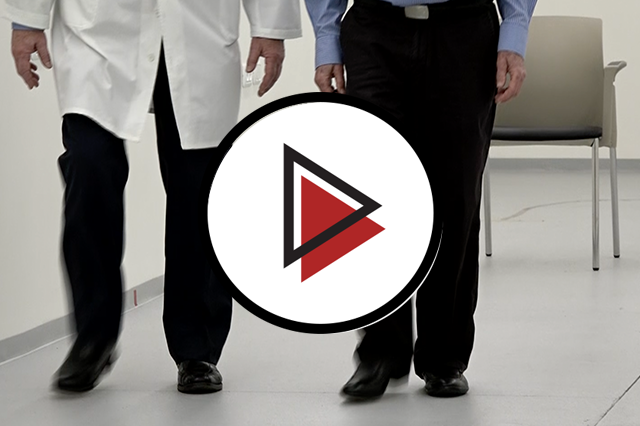
Video selections from the Movement Disorders Clinical Practice journal:
 Examples: Video Cases
Examples: Video Cases
Browse the archive of of more than 2,000 video cases from the MDS journals, including a variety of presentations of dystonia.
✪ MEMBERS ONLY
Latest Articles and Media
Discover the latest coverage, analysis, and expert commentary about dystonia.
Collections:
![]()
Using alcohol as a tool to unravel laryngeal dystonia: The Vodka Trial
- Dystonia
- Podcast
![]()
Highlights for dystonia • 2025 MDS Congress
- Dystonia
- Podcast
![]()
The definition and classification of the dystonias: A new consensus report
- Dystonia
- Web article
![]()
Definition and Classification of Dystonia
- Dystonia
- Published paper
![]()
Focused ultrasound for cervical dystonia
- Dystonia
- Focused Ultrasound
- Treatment
- Podcast
![]()
Genetic dystonias and understanding molecular pathways • 2024 MDS Congress
- Dystonia
- Podcast
![]()
Long-term follow up of GPi-DBS in pediatric non-degenerative dystonia
- Deep brain stimulation
- Dystonia
- Podcast
![]()
The role of genetics in the treatment of dystonia with deep brain stimulation: Systematic review and Meta-analysis
- Deep brain stimulation
- Dystonia
- Genetics
- Published paper
![]()
Pallidotomy for Focal and Hemidystonia
- Dystonia
- Podcast
![]()
Genetic profile in primary dystonia
- Dystonia
- Genetics
- Web article
![]()
Updates on Dystonia | Congress 2022
- Dystonia
- Podcast
![]()
Measurement Properties of Clinical Scales Rating the Severity of Blepharospasm: A Multicenter Observational Study
- Dystonia
- Rating Scales
- Published paper
![]()
Relationship of Genotype, Phenotype, and Treatment in Dopa-Responsive Dystonia: MDSGene
- Dystonia
- Genetics
- Published paper
![]()
Cognitive and visuospatial abilities in dystonia
- Dystonia
- Podcast
![]()
Genotype-phenotype relations for isolated dystonia genes: MDSGene systematic review
- Dystonia
- Published paper
![]()
![]()
Rehabilitation as a Therapeutic Approach for Dystonia
- Dystonia
- Physical Therapy/Physiotherapy
- Web article
![]()
Dystonia or dystonias: Hybrid wonder and mystery (2018)
- Dystonia
- Video
![]()
Reply letter to Jinnah “Locus pocus” and Albanese “Complex dystonia is not a category in the new 2013 consensus classification”: Necessary evolution, no magic!
- Dystonia
- Genetics
- Published paper
![]()
Guidelines for the diagnosis and treatment of primary (idiopathic) dystonia
- Dystonia
- Published paper
![]()
Dystonia rating scales: Critique and recommendations
- Dystonia
- Published paper

Fundamentals:
Approach to Dystonia
Understand the definition, clinical characteristics, secondary causes, and common therapeutic approaches for dystonia, including up-to-date information on treatable dystonic disorders.
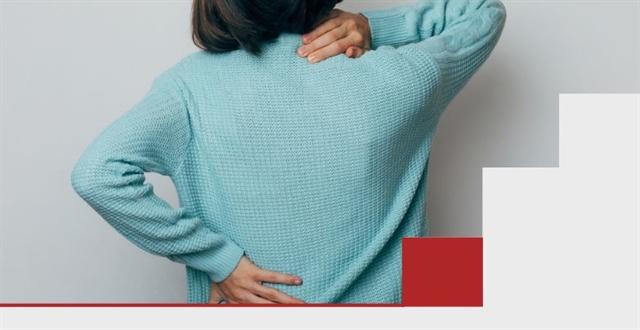
Dystonia Curriculum Tracks
Curated sets of courses and materials that guide you progressively through dystonia topics from beginner to advanced.
Latest Dystonia Courses
MDS Projects / Collaborations
Society research groups working to address issues in dystonia








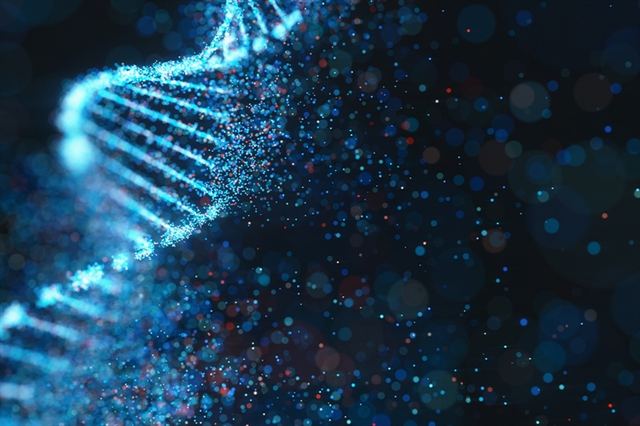
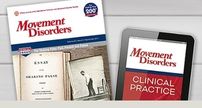





905189.jpg)

